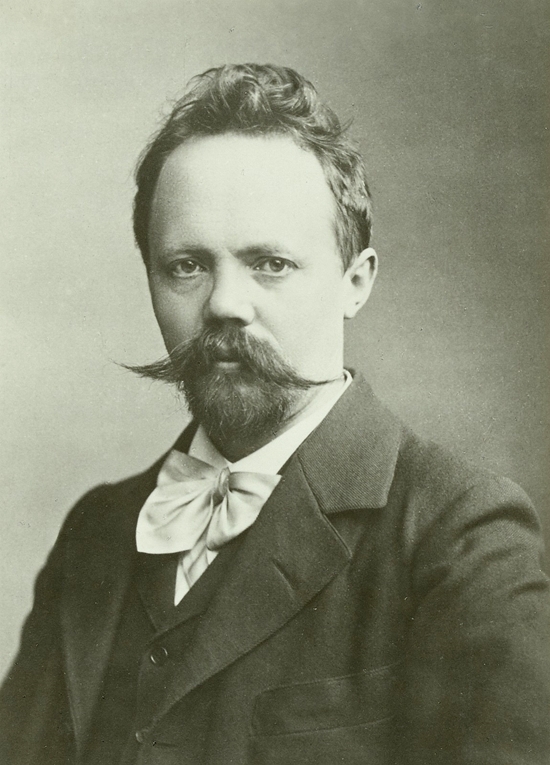
When I’m looking for a restaurant in an unfamiliar place, I tend to avoid those that are completely empty. Another reason to stay away is the ominous sight of a piano or other musical instrument awaiting attention. You see, as far as I am concerned, background music and especially “live” background music is usually nothing more than a pointless distraction. Contrary to popular belief, objectors to background music often outnumber those who feel they need it. Twenty years ago, Gatwick Airport Management carried out a survey of customers’ attitudes to the piped music then being played throughout the airport. Nearly half the respondents claimed they wanted it to stop. And it did.
I like to visit Kuala Lumpur from time to time. In the past I usually stayed at an old-fashioned budget hotel in the city centre because it was cheap. The downside was that some of the bedrooms had the charm of detention cells and the bathrooms were almost medieval. The beds always seemed to be slightly damp and the lumpy pillows felt as though they had been stuffed with dead hamsters.
One evening, to escape from these grim surroundings I went to a familiar Italian restaurant. Peering through the window, I could see that since my previous visit, a space among the tables had been reserved for resident musicians. It contained the usual impedimenta of their calling: an electronic keyboard, some spidery music stands, a pair of bongo drums, a microphone and a battered loudspeaker. But I was hungry and looking forward to an authentic lasagne, so this wasn’t going to put me off.
I ventured inside and requested a table as far from the instruments as possible. Eventually two morose individuals traipsed in, one of them clutching a guitar. He started to tune his instrument loudly, when suddenly there was the satisfying twang of a breaking string, thus proving once again that prayers are answered if you try hard enough.
By the time the guitarist had returned with a replacement string, I was well into the lasagne and the Chianti had induced a more tolerant frame of mind. So I thought today we might explore some music that’s connected with food though I was surprised to discover that few symphonic composers have found inspiration in what we eat.
Humperdinck’s reputation today rests almost entirely on his opera Hänsel and Gretel which he started in 1890. It was based loosely on a fairy tale about a young brother and sister by the Brothers Grimm and originally took the form of a puppet show with songs and piano accompaniment. Humperdinck must have seen the operatic potential because in 1891 he started working on the full orchestral version. Richard Strauss conducted the premiere two years later and it was an enormous success. In 1923, it was chosen for the first-ever radio broadcast of an entire opera from London’s Royal Opera House.
The music has a Wagnerian flavour as well as memorable melodies and typically the Prelude which is an overture in all but name, is a mélange of the melodies in the opera. You might recall that the opera features a gingerbread house with a roof made of cakes, licorice windows and walls decorated with biscuits. The plot also includes references to strawberries, rains almond and gingerbread children. Far too many calories if you ask me, but there are plenty of good tunes.
Martinu composed six symphonies, fifteen operas, fourteen ballet scores and a staggering quantity of other works. He wrote La Revue de Cuisine in 1927 and it was his first major success. It was originally a jazz ballet in which the dancers played the roles of cooking utensils which surrealistically swagger through romantic episodes of kitchen life. The suite that Martinu later assembled from the ballet music is scored for clarinet, bassoon, trumpet, violin, cello and piano. It has four movements: Prologue, Tango, Charleston, and Final. However, this jazz-inspired music is by no means typical of the composer’s style for much of his work is focused on loftier thoughts.
Although La Revue de Cuisine is full of catchy melodies and evokes the popular music of the day, it also uses complex rhythms and many irregular time-changes. The neo-classical Prologue leads to a sombre, dreamy tango with a solo from the muted trumpet and a lovely lyrical passage for bassoon and clarinet, accompanied by pizzicato strings. It leads without a break into the jubilant Charleston which brilliantly captures the spirit of that once-popular dance. The deceptively simple Final shows Martinu’s prolific melodic invention and skillful instrumentation. But perhaps more importantly, it’s a tremendous bit of fun.
 |
 |
 |





